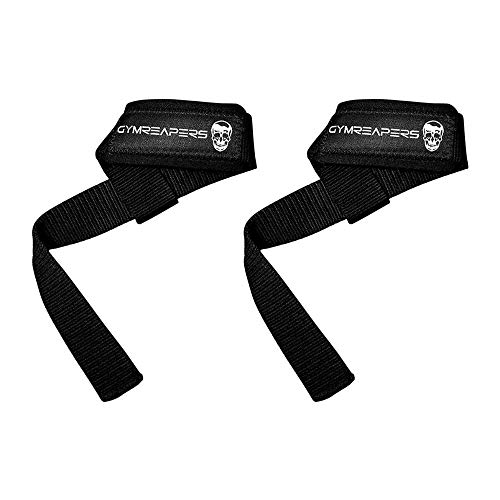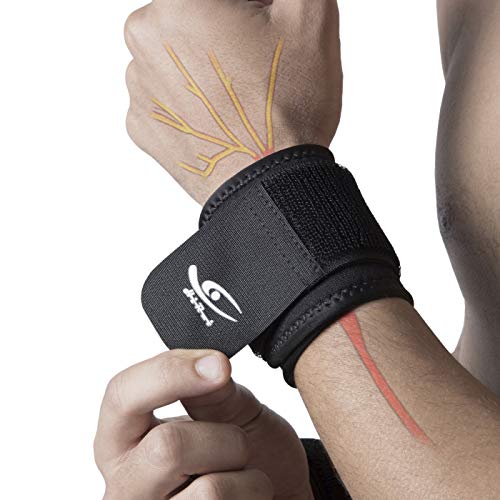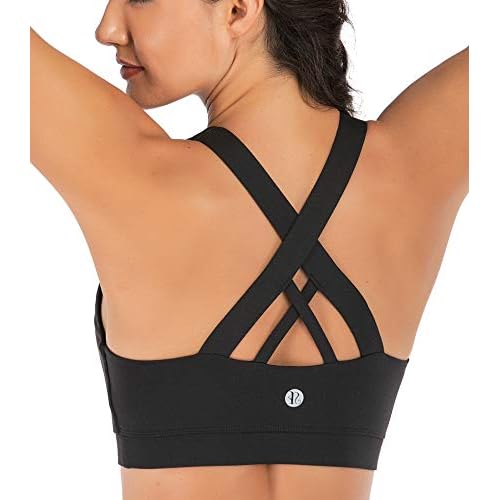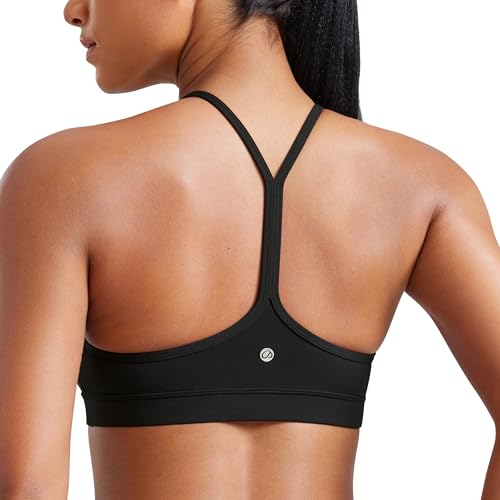
To craft a well-rounded fitness routine tailored to your needs, it’s crucial to strike a balance between various workout components. By blending strength training, cardio exercises, flexibility work, and recovery practices, you can optimize your fitness journey. However, there’s a key factor often overlooked that plays a significant role in achieving your goals. Curious to find out what it is? Stay tuned to discover this essential element that can elevate your fitness routine to the next level.
Importance of Tailoring Workouts
When creating a balanced fitness routine, tailoring workouts to your specific needs and goals is crucial to maximize results. Understanding your body, fitness level, and aspirations will guide you in selecting the most effective exercises. If your goal is to build strength, focusing on weightlifting or bodyweight exercises like push-ups and squats can be beneficial.
On the other hand, if you aim to improve cardiovascular endurance, activities such as running, cycling, or swimming may be more suitable.
Consider factors like time availability, preferences, and any physical limitations you may have. If you have a busy schedule, high-intensity interval training (HIIT) could be a time-efficient option. Alternatively, if you enjoy group settings, joining a fitness class or team sport can keep you motivated and engaged.
Incorporating Cardio and Strength Training
To create a well-rounded fitness routine, it’s essential to combine both cardio and strength training exercises. Cardio exercises, such as running, cycling, or dancing, help improve your cardiovascular health, burn calories, and boost your mood. Aim for at least 150 minutes of moderate-intensity cardio each week to reap these benefits.
Incorporating strength training into your routine is equally important. Lifting weights or using resistance bands helps build muscle, increase metabolism, and strengthen bones. It’s recommended to include strength training exercises at least two days a week, targeting all major muscle groups.
When combining cardio and strength training, consider alternating days or doing a mix of both in one session. For example, you could start with a cardio warm-up, move on to strength training exercises, and finish with a cardio cool-down. This approach keeps your workouts engaging and maximizes the benefits of both types of exercises.
Embracing Flexibility and Mobility Exercises
Incorporate flexibility and mobility exercises into your fitness routine to enhance your range of motion and prevent injuries. These exercises help keep your muscles and joints healthy, ensuring you can move freely and with ease. Stretching regularly can improve your posture, reduce muscle tension, and increase blood flow to your muscles, aiding in your overall recovery process. Incorporating dynamic stretches like leg swings, arm circles, and hip rotations before your workout can help prepare your body for more intense movements.
Including mobility exercises such as foam rolling, yoga, or Pilates can also be beneficial. These activities focus on improving joint function and muscle flexibility, which can enhance your athletic performance and reduce the risk of injury during workouts. By incorporating these exercises, you can work towards a well-rounded fitness routine that not only focuses on strength and cardio but also prioritizes your body’s ability to move efficiently and effectively.
Prioritizing Recovery and Self-Care
Enhance your overall fitness journey by placing a strong emphasis on prioritizing recovery and self-care. Giving your body the time it needs to rest and rejuvenate is just as important as the workouts themselves. Adequate sleep, proper nutrition, and relaxation techniques can all contribute to a well-rounded fitness routine.
Recovery days shouldn’t be seen as lazy days but rather as essential for muscle repair and growth. Listen to your body and don’t push yourself too hard without giving it time to recover. Incorporating activities like yoga, stretching, or foam rolling can help alleviate muscle soreness and improve flexibility.
Self-care goes beyond physical recovery; it also involves mental and emotional well-being. Take time for activities that bring you joy and reduce stress. Whether it’s reading a book, taking a warm bath, or meditating, find what helps you unwind and make it a priority in your routine.
Best Sellers














